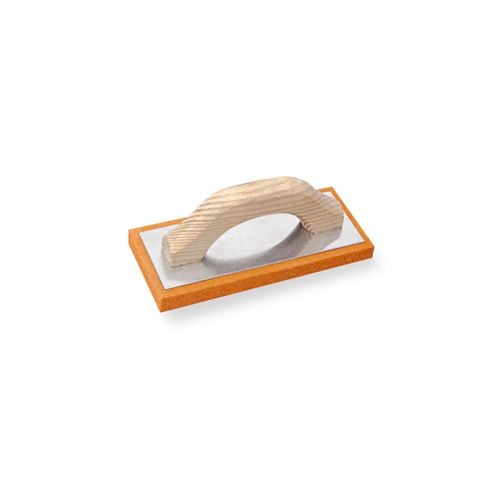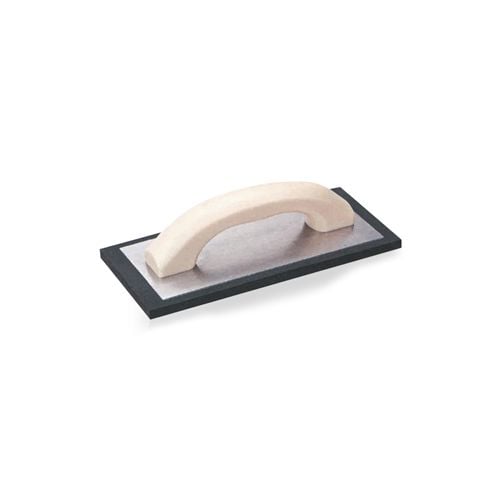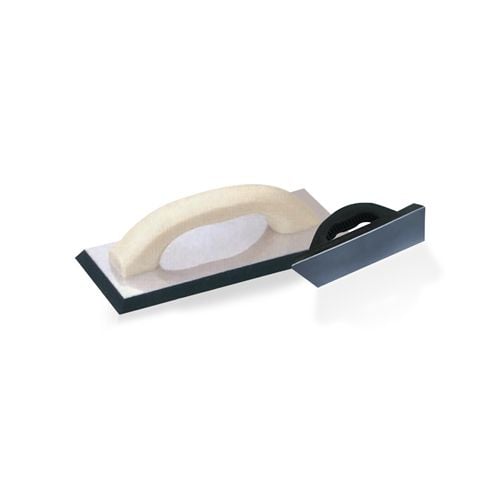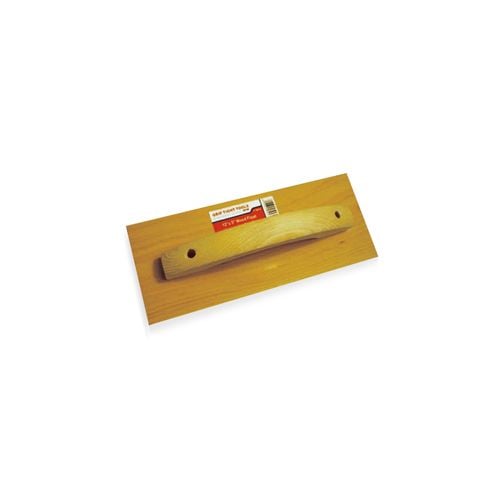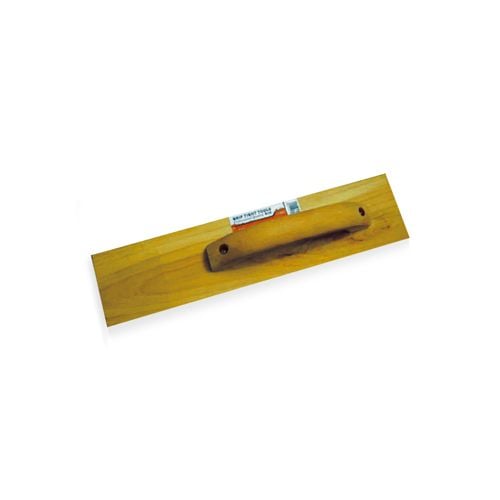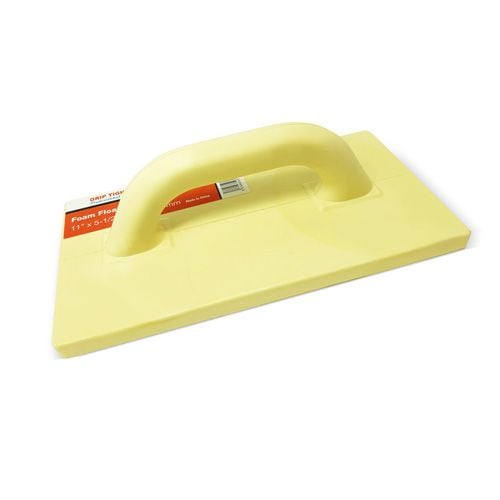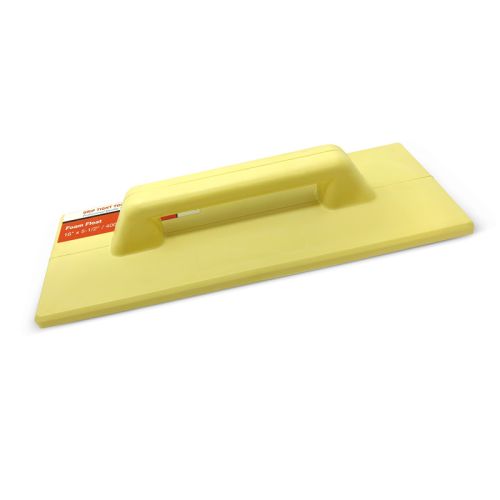FREE SHIPPING ON ORDERS $35+ (Excludes Bulky Items)
Floats
FLOATS FAQ's
What are concrete floats?
Floats are tools that are used to finish a concrete surface by making it smooth. A float is used after the surface has been leveled using a screed. In addition to removing surface imperfections, floating will compact the concrete as preparation for further steps.
A float has a wider base than a trowel and is typically composed of plastic, sponge, rubber, wood, or magnesium. It is used to level the surface of plaster or concrete, to make it firmer, and to impart any desired texture. The finish will be determined by the float selected.
What are the different types of concrete floats?
There are different types of concrete floats depending on the size and shape of the tool and the material it is made of. Some of the common types are:
- Bull floats: These are large floats with long handles that allow the operator to reach far out onto a slab without having to get on the concrete. They are used to smooth and level large areas of concrete after screeding1. They can have square or rounded edges and are usually made of wood, resin, aluminum, or magnesium.
- Screed floats: These are motorized floats with attachments that can be used to screed and float large concrete pour in one step. They have a magnesium blade that leaves a smooth surface as it is pulled along the concrete.
- Hand floats: These are small floats with short handles that are used to smooth and level small areas of concrete or touch up the edges and hard-to-reach areas of large pours. They can have different shapes and sizes and are usually made of magnesium, aluminum, wood, steel, or rubber.
- Darbies: These are similar to hand floats but longer and narrower. They are used to level ridges and fill voids in concrete before floating. They can be made of wood, magnesium, or aluminum.
How to use concrete floats?
To use concrete floats, you need to follow these steps:
- After pouring and leveling the concrete with a screed, wait until the bleed water disappears from the surface.
- Choose the right type and size of float for your project. For large areas, you may need a bull float or a screed float. For small areas or edges, you may need a hand float or a darby.
- Hold the float at a slight angle to the concrete surface and move it back and forth across the concrete. Apply enough pressure to smooth out any bumps or voids, but not too much to bring up too much water or aggregate.
- If using a bull float, push it in one direction only and keep its front edge slightly above the surface by raising or lowering the handle. Repeat two or three times.
- If using a hand float or a darby, work in an arc motion and overlap each pass by about half the width of the float.
- Clean your floats after each use and store them properly.

